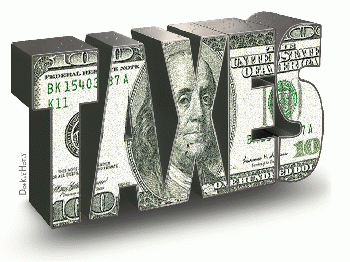A weary America is suffering through the worst public health crisis in more than a century. Covid-19 has taken over 300,000 lives. Parts of the economy have effectively shut down, throwing millions out of work and bankrupting businesses large and small. In the richest country in the world, Thanksgiving dinner for tens of thousands came from food banks at the end of traffic jams stretching for miles.
Now for the good news. Vaccines have arrived sooner than anybody could have expected. The latest pandemic relief bill should keep a double-dip recession from setting in. Lastly--if a divided Congress can only come together--low income Americans and their kids could get a boost from a policy guide that few people have ever heard of.
It's called MVPF, shorthand for Marginal Value of Public Funds. The lesson it holds for legislators is simple and powerful: Public monies should go where they deliver the highest return, to families on the lower end of the income scale. To tax expert and author Len Burman, the idea is a fiscal no-brainer:
"Instead of supply-side tax policy, try child-side tax policy. Investment in kids (especially in families with low incomes) pays huge returns. As adults, they are better educated, healthier, and pay more taxes."
The MVPF concept comes from a scholarly paper by Harvard economist Nathaniel Hendren and doctoral candidate Ben Sprung-Keyser. They did a long-run cost/benefit analysis of "133 historical policy changes over the past half-century in the United States." The numbers they arrived at show how much bang various tax policies deliver for the bucks they cost.
Easily the biggest bang comes from programs directed at kids: "Our results suggest that direct investments in low-income children's health and education has historically had the highest MVPFs. Many such policies have paid for themselves as the government recouped the cost of their initial expenditures through additional taxes collected" and less need for welfare in later years.
Thanks to Democrats, Congress ultimately included a bit of MVPF thinking in the latest $900 billion stimulus.
Beneficiaries of the Child Tax Credit (CTC) and the Earned Income Tax Credit (EITC) were in danger of taking a huge hit. The more the pandemic had already cost them, the more they stood to lose.
Tax credits rise as income rises. For low-wage workers suddenly without jobs, their lower incomes in 2020 would have meant lower benefits at tax time this year.
To take just one example, "A single mother with two children whose earnings fall from $15,000 in 2019 to $5,000 in 2020 [would have seen] her EITC fall from $5,920 to $2,010 and her Child Tax Credit fall from $1,875 to $375. That's a loss of $5,410 in tax credits on top of her $10,000 loss in wages."
The relief bill skirted that disaster with a lookback, a provision that lets CTC and EITC recipients use either 2019 or 2020 incomes on their upcoming tax returns. (To get that provision, Democrats had to sign on to a much-derided business tax break for "three-martini lunches".)
(Note: You can view every article as one long page if you sign up as an Advocate Member, or higher).





